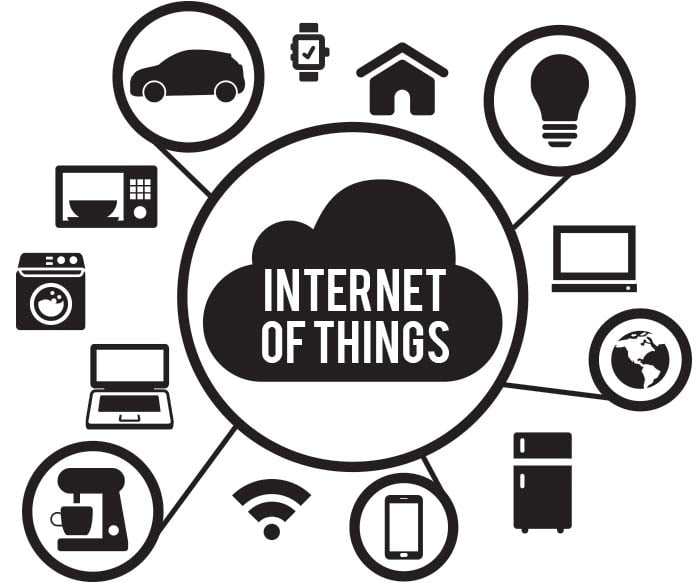The Internet of Things

The Internet of Things (IoT) refers to the fact that billions of physical devices around the world are now connected with the internet. Connecting different objects and adding sensors to them adds a level of digital intelligence to devices that would otherwise be stupid, allowing them to transmit data in real-time without human intervention. IoT devices are driven by a combination of artificial intelligence, machine learning, robotics, and artificial neural networks. These things are making our world smarter and more responsive, uniting the digital and physical universes.
In simpler terms, IoT is the idea that physical devices, vehicles and other things can connect, collect and share data with each other, as well as with other devices in their environment. This new wave of technology is focused on making human life simpler and more comfortable with the right mix of efficiency and productivity, allowing for the creation of more efficient, more reliable and safer systems.
These devices do most of the work on their own without human intervention. Humans can interact with the gadgets by configuring them and giving them instructions, but the devices themselves can sometimes talk to and act on the information they receive from each other. This process is called machine-to-machine (M2M) communication. Internet of Everything (IoE) is a set of internet-accessible devices that collect, send and process data received from the environment using embedded sensors, processors and communication equipment.
By combining connected devices with automated systems, information can be collected, analyzed, created and put into actions to help people with specific tasks or to learn a process. IoT environments sometimes use a router to connect to a larger smart home, allowing you to use voice commands from your smartphone to control many of your home's functions, saving time and energy. In general, smart technology helps it work better, more efficiently, and more synchronized.
You will be able to perform additional telecommuting capabilities for tasks that previously required staff on the ground. IoT technologies, products, services, and operations is a competitive advantage to realize. However, as Internet of Things becomes more integrated, users should take precautions to protect their devices. IOT devices have been hacked and used to destroy internet infrastructure, which makes it important to pay more attention to security as you operate IoT devices.
As to its application in business, IoT gives businesses a better understanding of how their systems actually work, providing them with better insights into their customers' needs, as well as a more complete picture of their business operations. It is also important for them because smart devices and automation offer a new level of security, efficiency and cost savings for consumers. IoT devices can be used across industries. Sales of IoT devices totaled about $ 725 billion last year. Cross-industry devices will reach 4.4 billion units and the total value of the global market for IoT products and services is expected to reach nearly $ 3 trillion by 2020.
References :
https://www.wired.co.uk/article/internet-of-things-what-is-explained-iot
https://www.guru99.com/iot-tutorial.html
https://www.avast.com/c-what-is-the-internet-of-things
https://www.bernardmarr.com/default.asp?contentID=964
https://computer.howstuffworks.com/internet-of-things.htm
https://internetofthingsagenda.techtarget.com/definition/Internet-of-Things-IoT
https://blog.hubspot.com/marketing/internet-of-things-iot
https://justcreative.com/2018/11/19/internet-of-things-explained/

